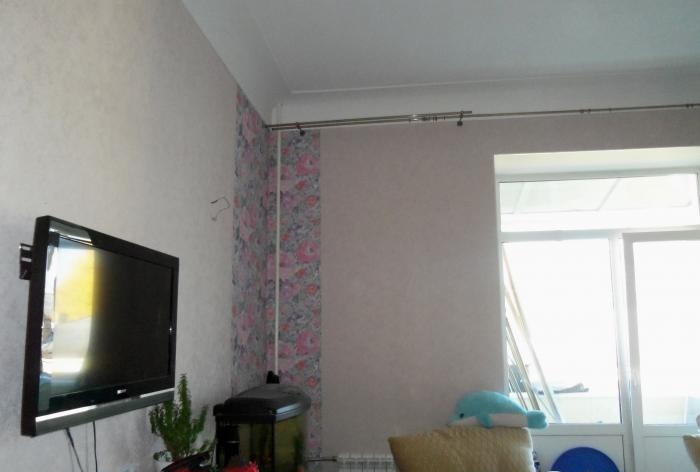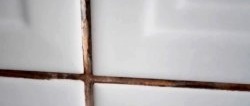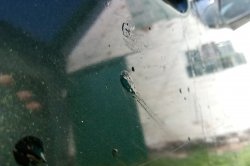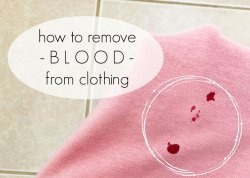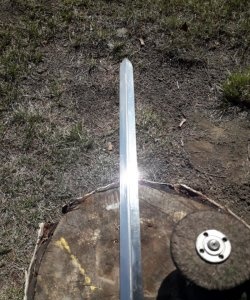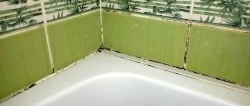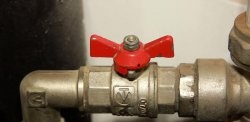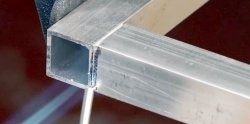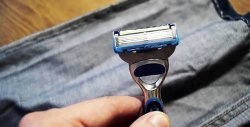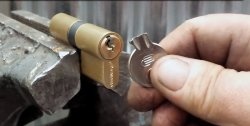How to fight rust and fungus
Situations often arise when rusty spots and stains appear on the ceiling and walls. The cause of these dirty stains, mold and mildew is moisture. A banal leak from above from neighbors or from a roof that has become unusable is already moisture and all its consequences.
The first priority is to eliminate the cause of the leaks. Neighbors need to be politely put in their place and convinced to repair the pipes. The management company needs to be forced to fix the leaking roof. The main thing is that moisture does not penetrate further.
This article uses a specific example to describe one of the ways to get rid of rust stains and fungus on the ceiling and walls. The reason for writing this article was the desire to share the personal experience acquired by its author in the fight against mold and dirt. The entire work process was photographed step by step.
How to deal with mold, rust and fungus on your own
The first photo shows a large rust spot and smaller black spots. Black spots are fungus caused by moisture. The cause of all these stains was a leaking roof.After much wrangling, the utility services repaired the roof and even paid compensation, but that's another story.
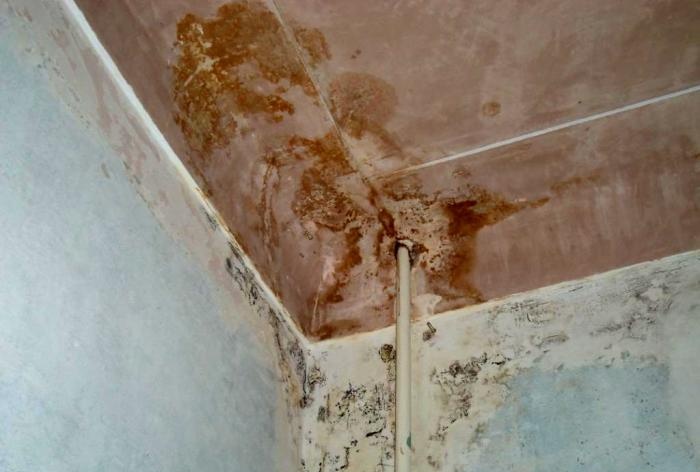
So, what did it take? The Neomid 570 rust converter is well suited for removing rust stains. To remove fungus - Sanatex and copper sulfate.
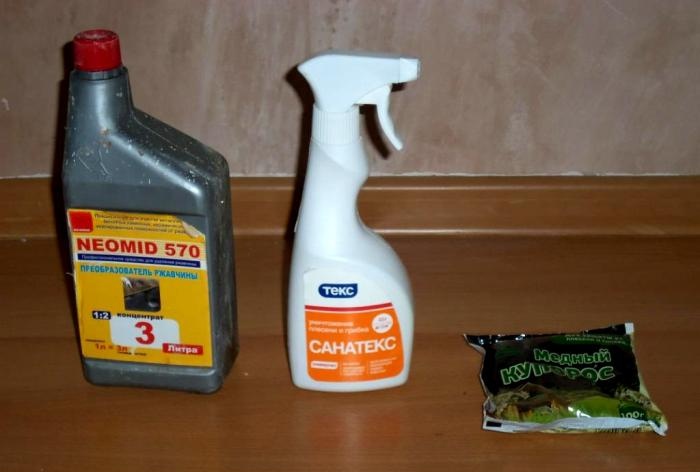
In addition to the Neomid 570 reagent, the rust destroyer gel B-52 was additionally used.
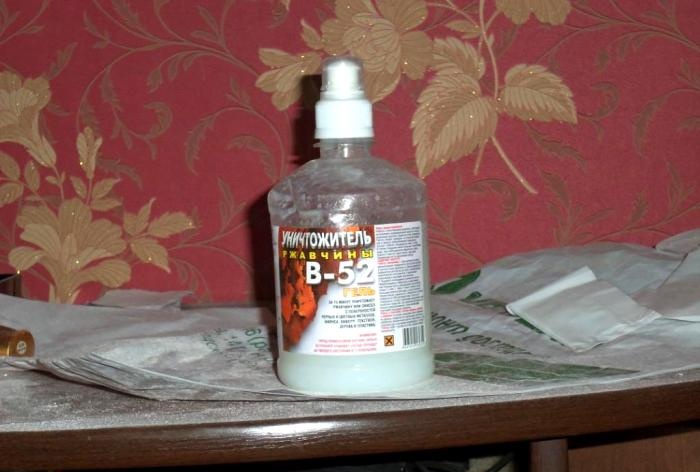
Nitro paint was used for pre-coating, but oil paint could also be used. Nitro paint dries faster, so it is preferable.
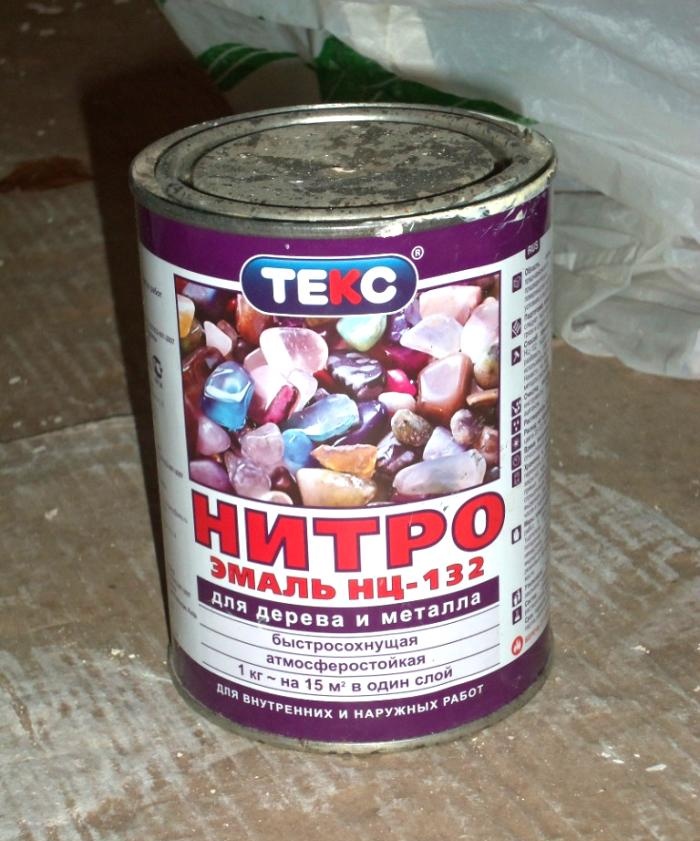
Waterproof emulsion paint was used for the final painting of the ceilings.
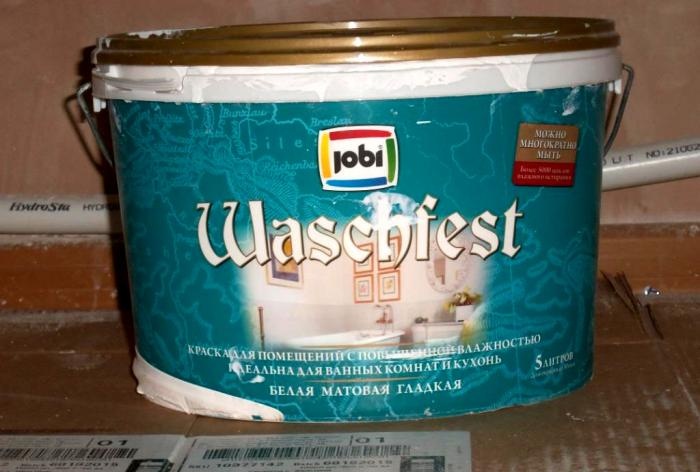
We also needed gypsum putty and a primer to prepare the walls for wallpaper. A hair dryer was used for drying.

For personal protection, it was extremely important to use a respirator, rubber gloves and goggles, and the room was regularly ventilated. The tools used were brushes, rollers and spatulas.
The work began with thoroughly drying the visible stains with a hair dryer. After that, everything that could be cleaned was cleaned off with a spatula. Then the Neomid 570 rust converter was diluted with water to the desired consistency, and all rust spots were treated with this reagent. The fungus was first sprayed with Sanatex, but this chemical did not produce the desired effect.
Copper sulfate was diluted at the rate of one sachet per five liters of water, until it turned dark blue. The entire surface of the stains was then covered with a solution of copper sulfate. After these operations, the entire surface was dried for about twelve hours.
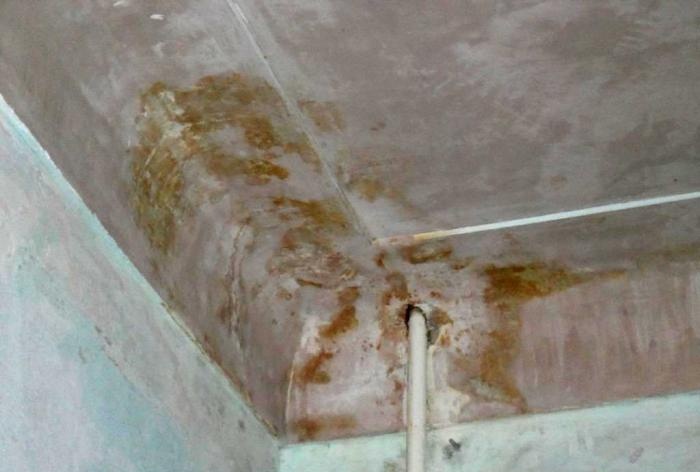
This was followed by re-processing. As an experiment, this time we used the rust destroyer gel “B-52” together with the rust converter “Neomid 570”. This also gave good results. And dry it again, only now with a hairdryer and more thoroughly.
Next, the entire surface was covered with primer, dried and puttied for painting and wallpaper. Before finishing with water-based paint, the entire surface to be treated was covered with two layers of nitro paint.
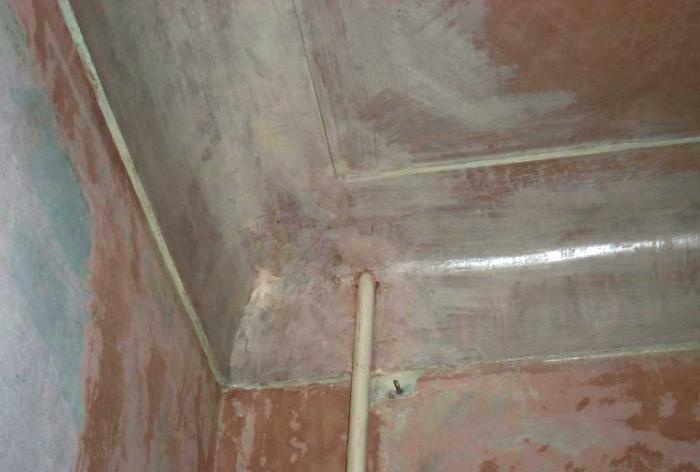
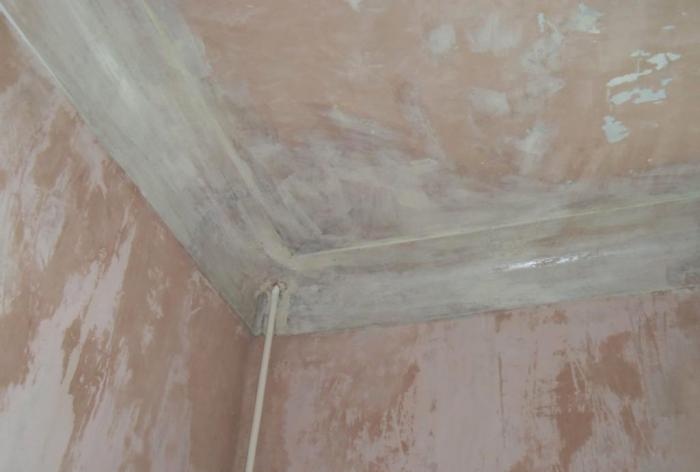
Then the ceiling was painted with water-based paint. I had to apply three layers of paint to get the ceiling to look right.
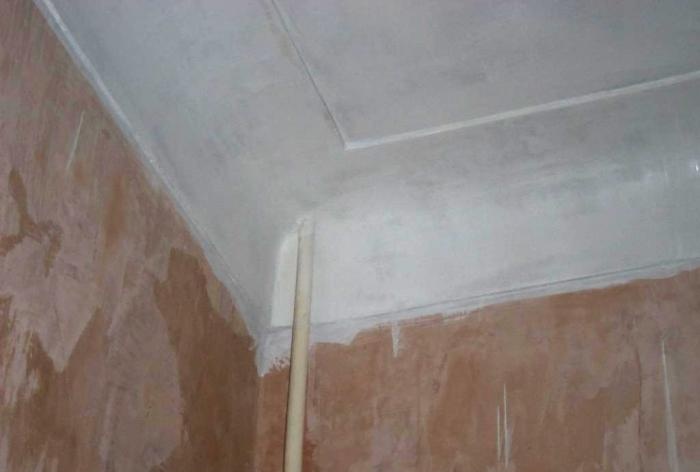
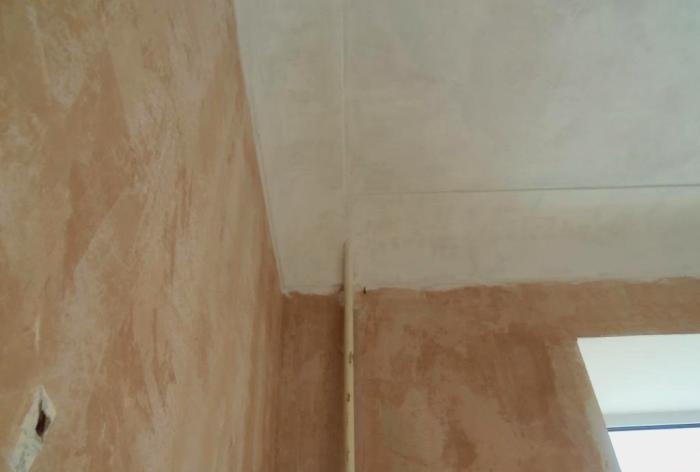
The final chord was the wallpapering, and the work was completed.
